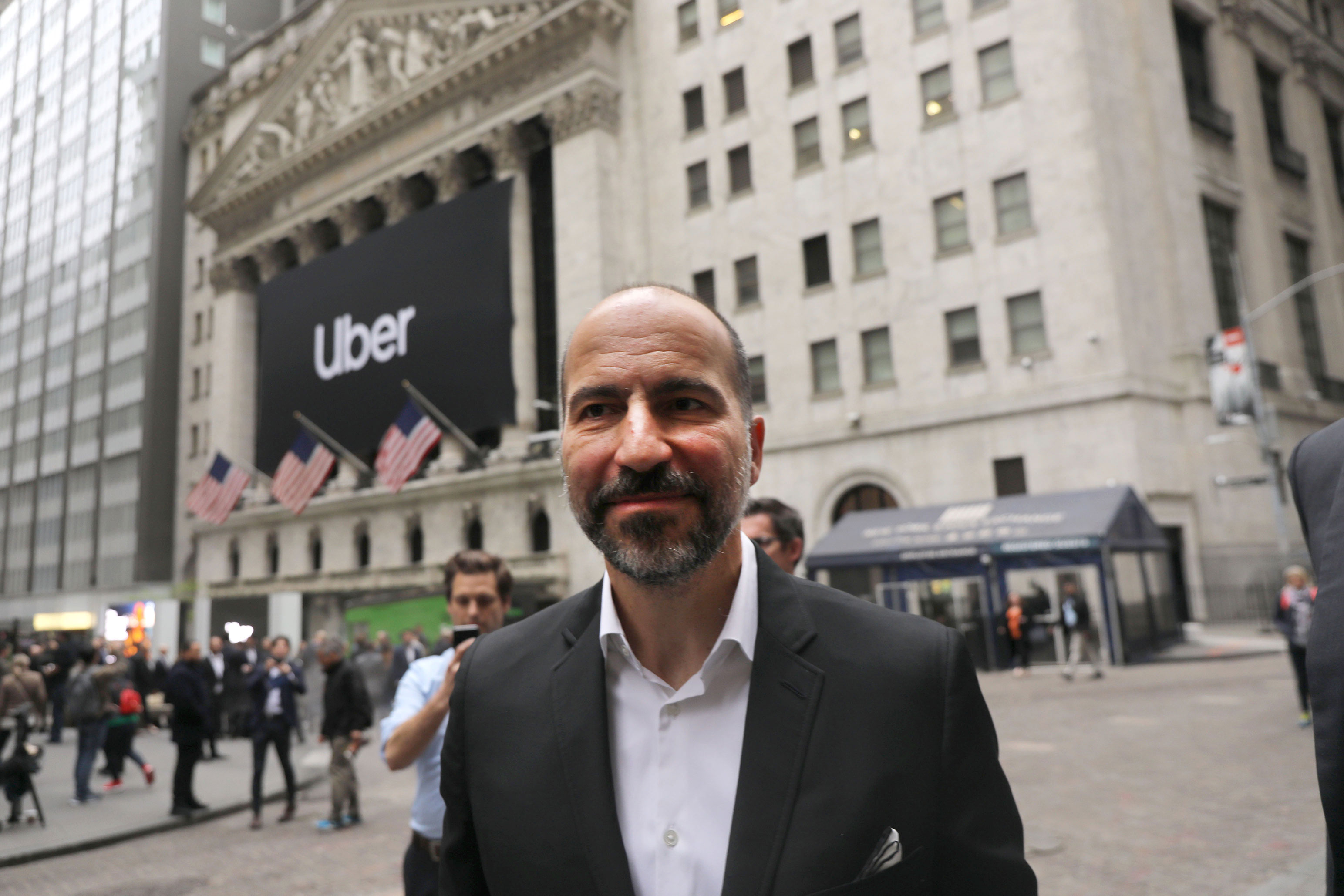Happy Blockchain Week to you and yours. HTC helped kick off this important national holiday by announcing the upcoming release of the HTC Exodus 1s. The latest version of the company’s intriguing blockchain phone shaves some of price off the Exodus 1 — which eventually sold for $699 when the company made it available in more traditional currency.
HTC’s being predictably cagey about exact pricing here, instead simply calling it “a more value-oriented version” of the original. Nor is the company discussing the actions it’s taking to reduce the cost here — though I’d expect much of them to be similar to those undergone by Google for the Pixel 3a, which was built by the former HTC team. There, most of the hits were to processing power and building material. Certainly the delightfully gimmicky transparent rear was a nice touch on the Exodus 1.
Most interesting here is the motivation behind the price drop. Here’s HTC in the press release:
It will allow users in emerging economies, or those wanting to dip their toes into the crypto world for the first time, easier access to the technology with a more accessible price point. This will democratize access to crypto and blockchain technology and help its global proliferation and adoption. HTC will release further details on exact specification and cost over the coming months.
A grandiose vision, obviously, but I think there’s something to be said for the idea. Access to some blockchain technology is somewhat price-prohibitive. Even so. Many experts in the space agree that blockchain will be an important foundation for microtransactions going forward. The Exodus 1 wasn’t exactly a smash from the look of things, but this could be an interesting first step.
Another interesting bit in all of this is the opening of the SDK for Zion Vault, the Trusted Execution Environment (TEE) product vault the company introduced with the Exodus 1. HTC will be tossing it up on GitHub for developers. “We understand it takes a community to ensure strength and security,” the company says, “so it’s important to the Exodus team that our community has the best tools available to them.”



























